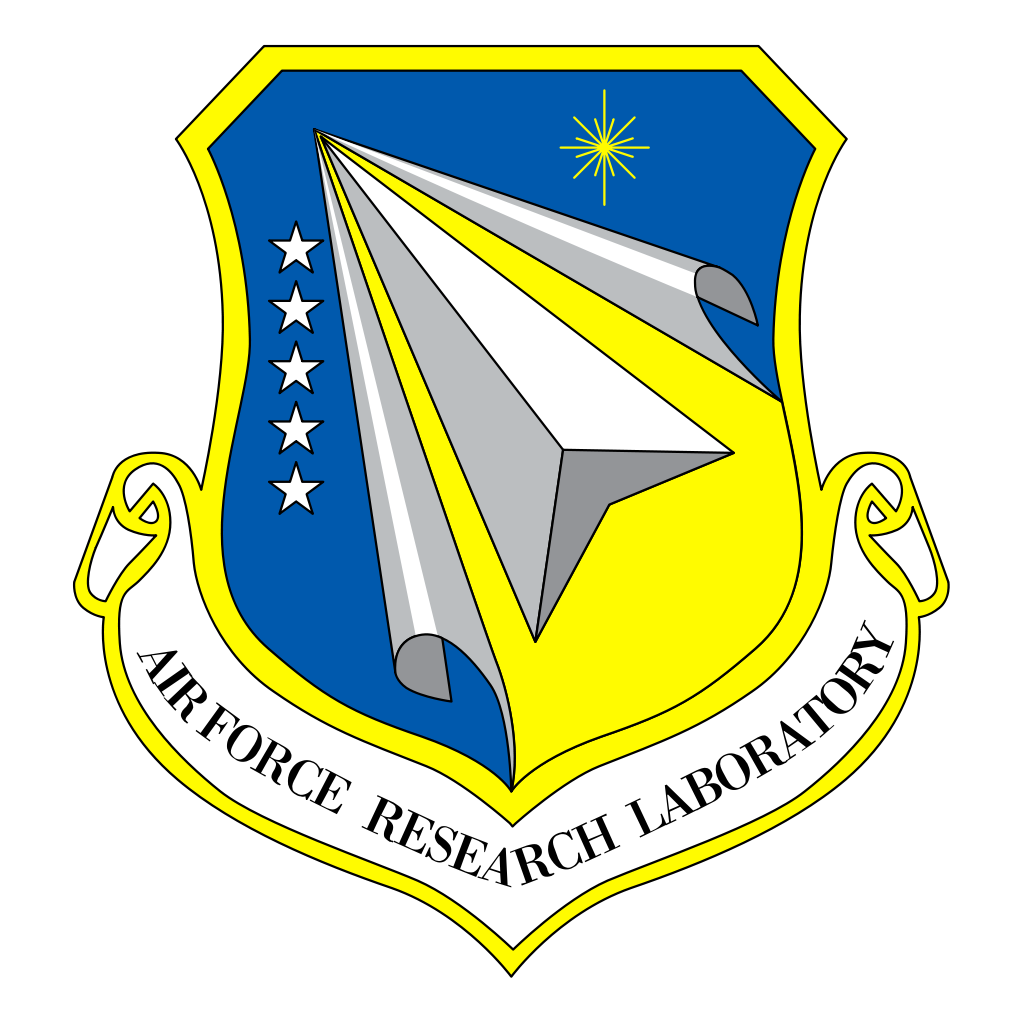Part 2 of 2 Parts (Please read Part 1 first)
Support for Woskov’s project originally came from the MIT Energy Initiative (MITEI), which in 2008 provided seed money and later a follow-up grant. Woskov continues to pursue ways his technology can advance geothermal energy research. His current support is from the Department of Energy's Office of Nuclear Science, through Impact Technologies LLC, which funds his laboratory to explore deep borehole storage of radioactive and nuclear wastes. At twenty thousand feet deep, such boreholes would place nuclear waste much farther from the biosphere than is possible with near-earth depositories such as Yucca Mountain. The bottom six thousand five hundred foot of the hole would hold waste, capped with a six thousand five-hundred-foot seal. This sealing layer is currently considered the “weak link” in the process. Woskov is experimenting with melted basalt and the more viscous granite to learn how he can seal the holes with melted rock. This could provide the most secure entombment of the waste products.
Woskov joined MIT’s Francis Bitter Magnet Laboratory in 1976 before becoming a founding member of the Plasma Fusion Center in 1979. The first thirty years of his MIT tenure was focused heavily on high-power far infrared scattering for measuring energy distribution of fast ions which are the product of fusion reactions. The research project took much longer than anyone anticipated. However, when it eventually found success in Europe on the TEXTOR tokamak reactor, Woskov was left looking for a new direction for his research.
While still pursuing fusion power, he started exploring some spinoff technologies that could be operational in a matter of years rather than decades. He received one R&D 100 Award after another for a series of projects which included a thermometer for measuring temperatures in high-temperature furnaces; a hazardous waste emissions monitor for incinerators and power plants; and a device to monitor molten metals. All these experiments used developments in fusion research to address shorter-term problems.
“Occasionally you have to do something that has a near-term reward,” Woskov says, pointing out that it can be frustrating when you work on something for 30 years without a final product.
The fact is that long-term nuclear fusion power research has provided the technology for many exciting short-term projects. And Woskov notes with amusement that so much fusion research revolves around protecting materials in fusion devices from being damaged by hot plasma. His current project exploits the high energy of fusion technology to see how effectively it can melt materials.
Woskov foresees a number of other practical uses for microwave technology. The high-temperature pressures of microwaves could be used to break apart rocks for mining. They could be used to excavate rock to create tunnels and canals. Microwaves could also be used for fracking in place of pressurized water. This would eliminate problems involving the limited supply of water and resulting water contamination.
“Energy trumps matter,” Woskov claims, excited by how microwave heat and pressure could literally move mountains, or at least pieces of them. For the time being, he’s going to continue melting his way through the earth’s crust, one rock at a time.
